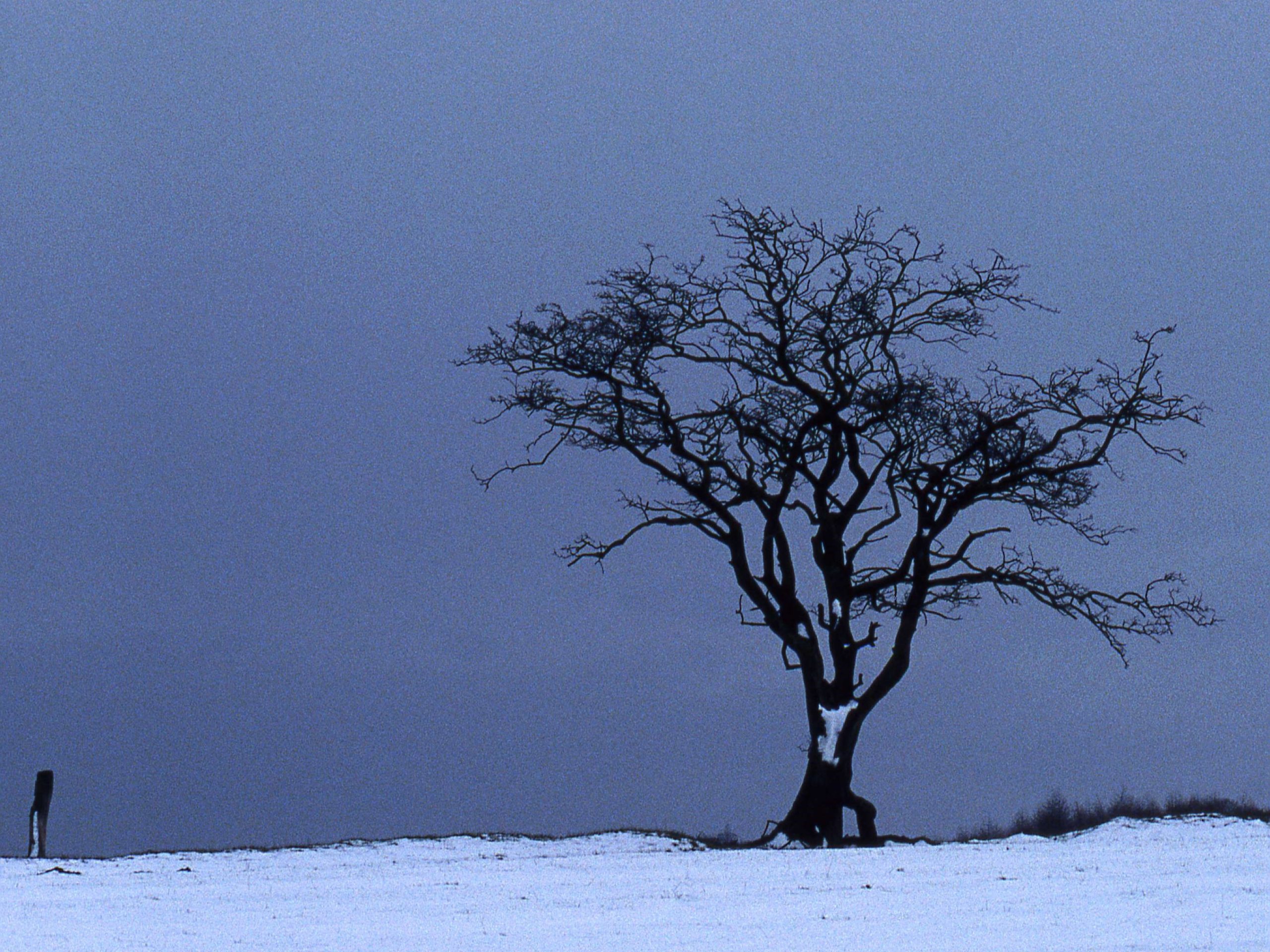Last weekend, the first of the season’s storms, Storm Ashley brought winds in excess of 60mph to the west of the British Isles. This coming weekend, daylight saving time means the clocks are put back one hour in the wee small hours of Sunday morning. And whisper it, there’s only 62 days until Christmas. It’s official, it is winter.
Many people might think that winter is the wrong time to carry out a tree inspection, but in many ways, winter is the ideal time. Inspecting trees in spring, summer and autumn can help detect issues that directly affect a tree’s health; problems caused by insects, fungi and diseases typically arise when trees are active. However, winter is the perfect time to identify issues regarding the structure of a tree because most trees are bare, devoid of leaves. Deciduous trees begin to lose their leaves (abscission) in late autumn, as a means to prepare for the harsh winter months ahead, when the tree must conserve energy. Once the leaves are off the tree, the tree is fully exposed. This is one of the main reasons Callophrys Tree Consultancy recommends a default re-inspection frequency of two and a half years – that way I am able to inspect the tree in two different seasons.
Without leaves, a skilled tree inspector is able to get a complete and unobstructed look at the tree’s shape, form and condition. A professional arboriculturist will routinely look for cracks, splits and cavities, but they will also check for any weakened branch unions, hanging branches, damage to the bark, signs of insect infestations and the presence of wood-decaying fungi. Examining trees without the hindrance of foliage often makes it easier to accurately diagnose issues and determine the correct course of action. For example, bark peeling off dead limbs becomes more obvious in winter, a feature that is all too easily overlooked in a full canopy of leaves.
Taking care of your trees at any time of the year is important, but with regular inspections, you can catch problems before they become serious issues. Equally, it is important to inspect trees after storms, as severe winds can exert significant pressure on the structural integrity of the tree, and winter snowfall can overload weakened or compromised branches.
As you see, there’s no need to wait until the spring or summer. If you’re thinking about a tree inspection then contact Callophrys Tree Consultancy today.


Leave a Reply